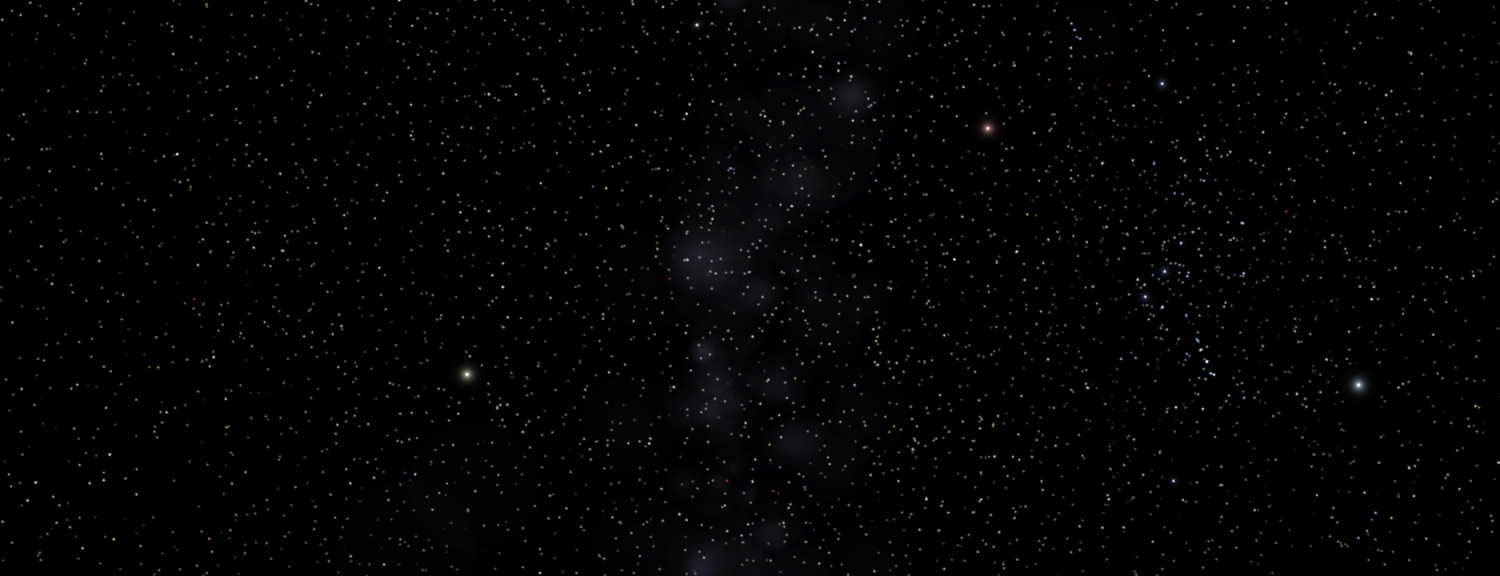Reviews of Kaiju Preservation Society, Nettle and Bone, and The Sword of Happenstance
Stories that can be told in less than a page, perhaps even in a few lines.
Long winter nights are good for catching up on movies and shows that we’ve been wanting to watch. Here’s our list of recent finds.
In Ticonderoga, NY there is a complete and full-scale replica of the set of the USS Enterprise from the Original Series (TOS). It includes the bridge, engineering, medical bay, conference rooms, officer’s quarters, and the iconic curved hallways. Every detail has been recreated as accurately as possible with loving attention, and using period materials and methods when possible.
We made it through the dark days at the end of the year and at long last it’s 2022. (Or the bright days at the end of the year if you live in the Southern Hemisphere.) We can all hope that we start to put the world on a better footing this year.
I spent some time recently reworking the cover of Knots. I’ve added a cloaked figure and a misty light to better convey the atmosphere of the book. It also suggests that the main character is a loner who struggles to discover who he can trust in the strange world into which he’s stumbled.
Haiku are concise
Science can be elegant
Understanding blooms
Sellenria now has a hardcover edition! Amazon finally added the ability to print hardcover books on demand, and at an affordable price. After some stretching and tweaking to make the cover image fit the slightly larger area, it’s now live. I know it’s not for everyone, since most of the sales are for the Kindle edition, but it’s nice to have the offering for people who really like a hardcover on the bookshelf. All editions have been updated with the new cover design and the revised first chapter. If you haven’t picked up a copy yet, now’s a good time.
Got to keep things fresh. In the next week or two, we’ll be re-releasing Sellenria with some improvements. First is a new cover in brighter colors, with larger fonts and a zoomed-in graphic. It will be easier to see in the postage-stamp-sized previews that you often get — especially in the mobile devices that people increasingly use. There’s a preview below, though it’s not live on Amazon yet.
I’ve now watched the first three episodes of Isaac Asimov’s Foundation on Apple TV. I’m starting from a place of having read the original trilogy multiple times over the years but not in the last ten years…





